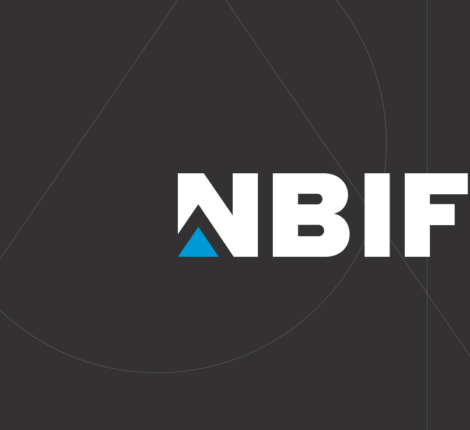- 22 décembre, 2010
- Recherche appliquée
- Comments : 0
Software support tool will allow doctors to better assess neuromuscular diseases
SACKVILLE – Andrew Hamilton-Wright wants to transform the diagnosis and monitoring of neuromuscular diseases.
And he’s building software to do it.
The associate professor of computer science and mathematics at Mount Allison University is close to completing a prototype of a software-based decision support system tool to help doctors better diagnose and identify the progression of neuromuscular diseases, such as amyotrophic lateral sclerosis (Lou Gehrig’s disease).
Cadwell Laboratories Inc., a medical equipment company working with Hamilton-Wright on improving the field of electromyography – the evaluation and recording of the electrical activity of muscles – has a platform that supports various tools which allow clinicians to diagnose and assess conditions, the Cadwell Sierra Wave II.
Right now, a patient’s muscle is penetrated by a very small needle that takes a reading of the firing of his or her muscles as they are contracted.
The information is recorded as a data set and presented on a screen as numbers on various scatter plots to a clinician who has to do an interpretation.
Hamilton-Wright believes he’s creating software that will help clinicians better evaluate that quantitative information – and more quickly.
« The interest there is to take an analytic software and eventually diagnostic software and put it on a computer you would attach to that (platform) when the data collection is happening, » Hamilton-Wright said in an interview in his office.
« Where we want to go is not just present that raw data, but present the data in the context of how well that data correlates with various disease stages. Take it to that next step, » Hamilton-Wright said.
« Right now (clinicians) are just sort of handed the data and it’s up to them to know what all the various correlations are. »
Hamilton-Wright is working on offering immediacy in what he calls the « hazard analysis. »
Today, a patient could wait for an appointment, spend time with the clinician having data collected and at the end of the day, the data could not be of high enough quality – or there’s not enough of it – and the patient and clinician have to reschedule and do it all over again.
Hamilton-Wright aims to develop a function that shows clinicians when data are too weak to analyze and whether more need to be collected so they can collect more if needed, on the spot.
« Do you need more data? That’s one of the big questions I’ve often been asked by clinicians, » Hamilton-Wright said.
« If they could have a tool that could tell them whether or not they could actually make a decision based on the data they have, that’s something they’d really like to see. »
The New Brunswick Innovation Foundation took an interest in Hamilton-Wright’s work last year and awarded the researcher $25,000 to move it along.
Calvin Milbury, the president and CEO of the investment organization, said Hamilton-Wright’s work is at the cross-section of two « very interesting » markets.
« The fact that he’s doing computer science and mathematical analysis but then applying that in the medical field was very interesting to us, » Milbury said.
« On top of that, his research is at the stage where he’s working with an industry partner and that industry partner is helping him to commercialize his work, » he said.
« We see the commercial benefit tied to his research work. »
http://telegraphjournal.canadaeast.com/search/article/1359026


